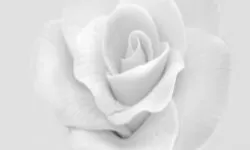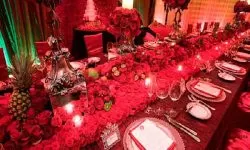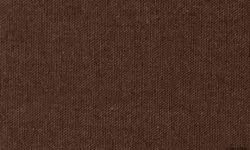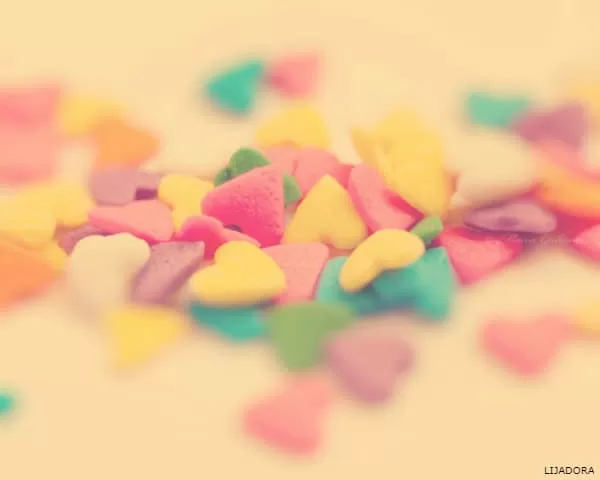Pastel color is considered as one that promotes the feeling of being soft or lighter, and can be located in the part of the range of a light blue closer to white. Usually, colors with pastel shades are used to decorate children’s places, since it is believed that these colors are not very intense, and that due to their softness they are soothing for most children.
Psychology of Pastel Color
If you have created a pastel atmosphere in your home, you are probably someone who is friendly, sensitive, kind and loving. You don’t like confrontation and drama in your life, so you don’t decorate your home with bold or dramatic colors.
What this means in your life will depend on the room you are in. If pastel colors are throughout your home, you will be open, sociable, placid and considerate, in all areas of your life. A bedroom with lots of pastel colors on walls and floor coverings, as well as accessories, or white walls with neutral floors, but with lots of pastels in bedspreads, sheets, lamps and pictures on the wall, is most appealing. It suggests romance, love and fantasy more than any other color scheme. By choosing pastels for your bedroom, you are romantic, affectionate and sensitive, looking for nurturing and love in your intimate life. You can become friendly and non-threatening in your intimate experiences and you will want to receive exactly what you portrayed in your bedroom: to be treated with gentleness, consideration and sensitivity by your partner.
When choosing pastels for your living areas, you have a calm, gentle, considerate and polite personality, one that loves to have guests to socialize with and care about. You won’t be the ‘life of the party’ type, more the thoughtful, caring and encouraging type. If pastels are in your bathroom, you may be very emotional at times, as you tend to be open with your feelings, wearing your heart on your sleeve.
Pink and peach are the most romantic pastels because they send subconscious messages of love and communication. However, not everyone who loves pastels will want pink or peach in their room; some may prefer the sense of serenity created by pale blue, while other pastel lovers may prefer the tranquility of light green.
Types or Varieties of Pastel Color
Some examples of pastel shades are:
- White + Blue = Light Blue.
- White + Greenish Blue = Aquamarine.
- White + Brown = Ochre.
- White + Orange = Salmon.
- White + Black = Gray.
- White + Ochre = Ivory.
- White + Red = Pink.
Pastel Color Uses
Pastels allow you to combine or change vibrant colors to create a soft look. Pastels have been a favorite medium of many well-known artists, such as Manet, Degas and Renoir. Pastels can be used on a variety of surfaces, such as paper, cardboard or canvas. Choose a surface with a rough texture to make a grainy drawing or a smoother texture for a much sharper result. You can opt for pastel pencils if you are looking for more precision.
Interior Decorating with Pastel Colors
Pastel colors are comforting and whimsical. Although they have been used in homes for years, pastels have become a popular color palette. Pastels are often used in a child’s room or beach house, but they can be used in any room in your home. You can start by adding splashes of pastels, painting with them, or decorating with pastel furniture.
Add pastel accessories: if you just want to add small pastel touches to your home, then adding small accessories is the best way to go. For example, in the kitchen you can put a light blue butter dish. In the living room, look for light green coasters. In the bedroom, add a lampshade in a light pink or purple color.
For a bold look, choose all accessories in pastel colors. Or just add a few here and there. Add pastel pillows: a great way to add a touch of pastel to your home is to place pastel pillows on your sofa, chair or bed. Keep in mind the colors you already have in your room when choosing pillows. Choose colors that blend well with the existing colors in the room. If you have a lot of neutral colors in the room, almost any color will work, such as light pink, green, blue or yellow.
Colors like light yellow and purple are great for creating a relaxing atmosphere. You can also put a pastel blanket on your sofa or bed. Add pastel tableware: To add pastel to the kitchen, buy pastel plates and cups. This will add a touch of pastel to the kitchen without being too overwhelming. You can leave them on the table for display at all times, or only put them out when a meal is served. Look for china in pastel colors at any home decor store or big box stores.
For a feminine, glamorous feel, pair pastels with metals such as gold and bronze. Use stencils to create pastel designs: If you don’t want to commit to painting the entire wall, you can use stencils to add traces of pastels. You can find stencils at many art and home improvement stores. Choose a stencil in the design of your choice. Buy a pastel paint in any color, such as light purple or yellow. Hold the stencil against the wall and paint the color on the wall.
Stencils are usually made of flexible plastic. Stencils in the shape of flowers and geometric patterns are especially common for walls. Be sure not to paint outside the stencil. You can stencil an entire wall, a single strip or section, or anything in between.
Pastel Objects and Things
A wall, a pillow, a sheet, a plate, a curtain, a painting, a counter, a crayon, a vase, a glass, a bucket, a telephone, a table, a chair, a bracelet, a watch, a case, a wallet, a flask, headphones, a bottle, a toy, a ball, among others.
Other Colors in ALPHAPEDIA

PURPLE COLOR: Psychology and Types

INDIGO COLOR: Meaning and Psychology. Varieties and Types

💚 WHITE COLOR: Types, Psychology and Meaning

RED WINE COLOR: Psychology, Meaning and Code

LILAC COLOR: Meaning, Psychology and Characteristics

BROWN COLOR: Meaning, Psychology and Types
Other Topics of Interest in ALPHAPEDIA

FREE MASTER DEGREE IN WILDLIFE

FREE YOUNG FARMERS COURSE

GREEN COLOR: Types, Psychology and Meaning

FREE PhD IN MEDICINE

FREE INDUSTRIAL CLEANING COURSE

FREE BACHELOR DEGREE IN AGRIBUSINESS
Colour Pastel Image



